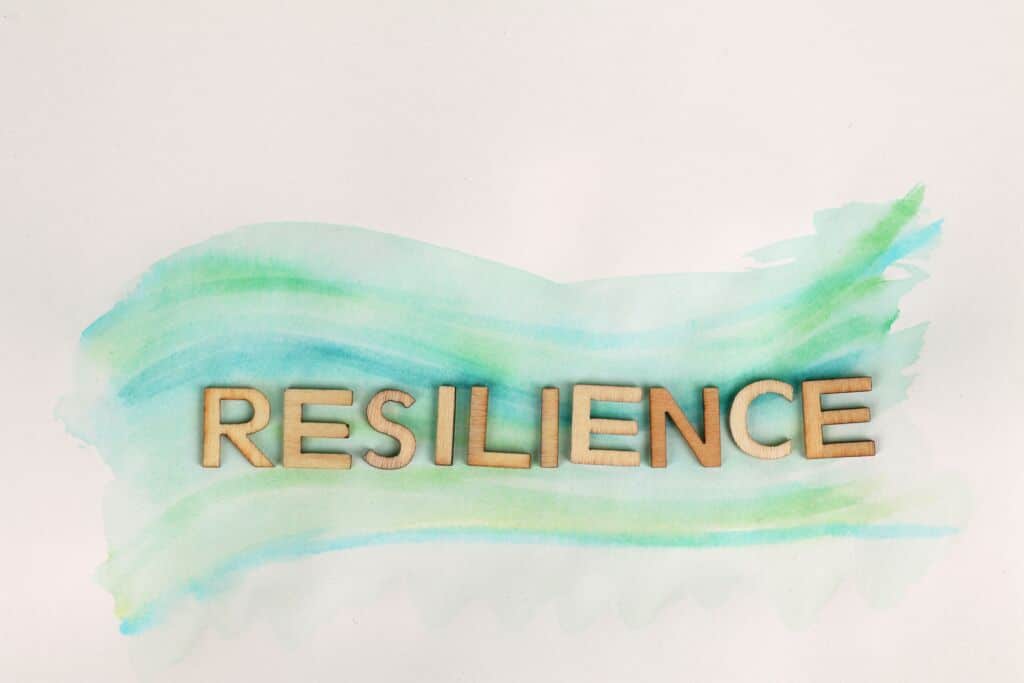Resiliency is the ability to adapt and recover from difficult situations. In the workplace, resiliency refers to an individual’s ability to bounce back from adversity, stress, and challenges and to maintain a positive attitude and productivity in the face of change or uncertainty.
Resiliency is essential in the workplace because it helps employees to cope with the constant changes and pressures of the modern work environment. Being resilient can enable employees to handle stress, change, and uncertainty better and perform well in their jobs.
Several key factors contribute to resiliency in the workplace. One of the most important is a positive attitude. People with a positive outlook on life are more likely to be resilient and able to handle stress and change. Additionally, having a solid support network of friends, family, and colleagues can help build resiliency.
Another critical factor in resiliency is the ability to set and achieve goals. People who can set clear, achievable goals and work towards them are more likely to be resilient and to be able to bounce back from adversity. This is because they have a sense of purpose and direction and know they can achieve their goals if they work hard enough.
Another important aspect of resiliency is the ability to take care of oneself. This includes eating a healthy diet, getting enough sleep, and regular exercise. These activities can help to keep people physically and mentally fit, which can, in turn, make them more resilient.
Why is workplace resiliency necessary?
Workplace resiliency is the ability of an organization and its employees to withstand and recover from unexpected disruptions, whether natural disasters, economic downturns, or other crises. It is necessary for several reasons.
First and foremost, a resilient workplace is better equipped to handle the unexpected. Disruptions can come in many forms, and they can have a significant impact on an organization’s operations, productivity, and bottom line. By being resilient, an organization can better continue functioning and serving its customers, even in the face of adversity.
Secondly, a resilient workplace is better able to protect its employees. Disruptions can put employees at risk, both physically and emotionally. By being resilient, an organization can take steps to minimize the risks to its employees and support them through difficult times.
Thirdly, a resilient workplace can better maintain its reputation and credibility. Disruptions can damage an organization’s reputation and credibility, especially if it is seen as unable to handle the situation effectively. By being resilient, an organization can take steps to maintain its reputation and credibility, even in the face of a crisis.
Fourthly, being resilient can positively impact an organization’s financial performance. A resilient organization can continue operations, serve customers, and maintain revenue streams, even in adversity. This can help minimize disruptions’ economic impact and ensure that the organization can recover more quickly.
Finally, having a resilient workplace culture can help employees to be more productive and engaged. When employees feel that their organization can handle unexpected disruptions and support them through difficult times, they are more likely to feel a sense of security and trust in the organization. This, in turn, can lead to increased productivity and engagement, which can benefit the organization.
Overall, workplace resiliency is necessary because it helps organizations to be better prepared for and able to handle unexpected disruptions, protect employees, maintain reputation and credibility, minimize the financial impact of disorders, and create a more productive and engaged workforce.
How to build resiliency in the workplace
Building resiliency in the workplace is essential for organizations to handle unexpected disruptions, protect employees, maintain reputation and credibility, minimize the financial impact of disorders, and create a more productive and engaged workforce. Here are ten ways organizations can build resiliency in the workplace:
- Develop a crisis management plan: Organizations should develop a crisis management plan that outlines procedures for responding to disruptions, including natural disasters, economic downturns, and other crises. This plan should include clear roles and responsibilities, communication protocols, and procedures for recovery.
- Conduct regular risk assessments: Organizations should conduct regular risk assessments to identify potential hazards and vulnerabilities that could lead to disruptions. This will help organizations to identify areas where they need to improve their resiliency and take appropriate steps to mitigate risks.
- Train employees on emergency procedures: Employees should be trained on emergency procedures, including what to do during a crisis and how to communicate with management and other employees. This will help employees to feel more prepared and confident in the event of a disruption.
- Encourage employee engagement and participation: Organizations should encourage employee engagement and participation in developing and implementing resiliency plans and procedures. Employees should be able to provide feedback and contribute ideas for improving resiliency.
- Foster a culture of collaboration: Organizations should foster a culture of collaboration and teamwork to build strong relationships among employees and encourage them to work together to overcome disruptions.
- Implement flexible work arrangements: Organizations should implement flexible work arrangements, such as remote work and flexible schedules, to enable employees to continue working during disruptions and help organizations recover more quickly.
- Invest in technology and infrastructure: Organizations should invest in technology and infrastructure that can help to improve resiliency, such as cloud-based systems, backup generators, and other disaster recovery solutions.
- Build relationships with suppliers and partners: Organizations should build relationships with suppliers and partners that can help them to maintain operations during disruptions, such as by providing backup suppliers or services.
- Encourage employee well-being: Organizations should provide support and resources to manage stress and cope with disruptions, such as counseling and employee assistance programs.
- Continuously review and improve: Organizations should constantly check and improve their resiliency plans and procedures to stay up-to-date with changing risks and technologies and to ensure that they are prepared for future disruptions.
 Overall, building resiliency in the workplace requires a holistic approach that involves planning, training, communication, and collaboration, as well as investing in technology, infrastructure, and employee well-being. By building resiliency in the workplace, organizations can better protect their employees, maintain operations, and recover more quickly in the event of disruptions.
Overall, building resiliency in the workplace requires a holistic approach that involves planning, training, communication, and collaboration, as well as investing in technology, infrastructure, and employee well-being. By building resiliency in the workplace, organizations can better protect their employees, maintain operations, and recover more quickly in the event of disruptions.
Staffing and Recruiting Solutions offered by AkkenCloud
AkkenCloud offers the most comprehensive front-office, middle-office, and back-office staffing software with AkkuPay payroll for staffing agencies and recruiting agencies looking to increase efficiency, streamline operations, and grow revenue.
Click HERE to schedule a Live Demo.


